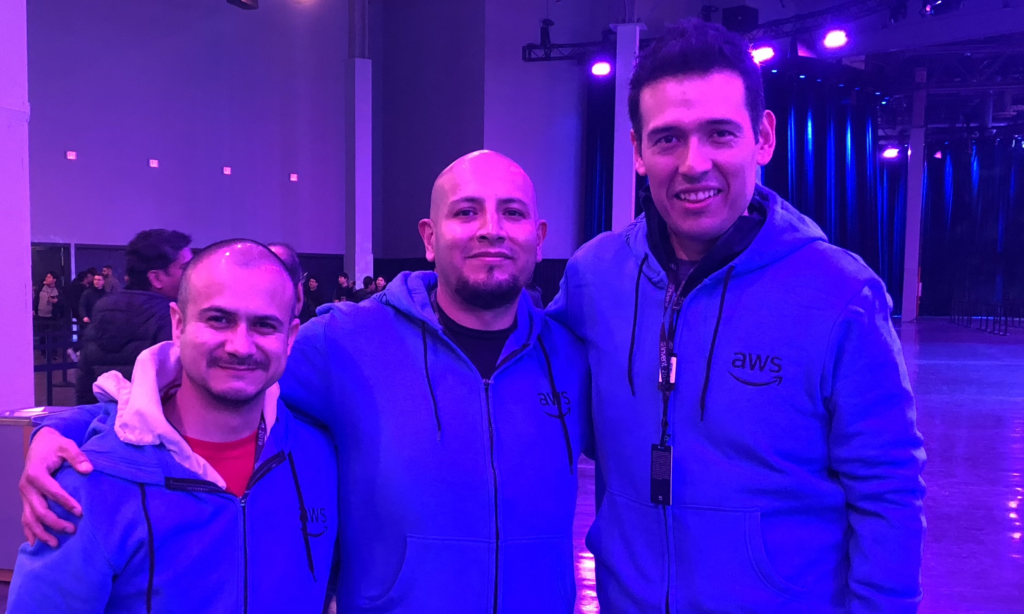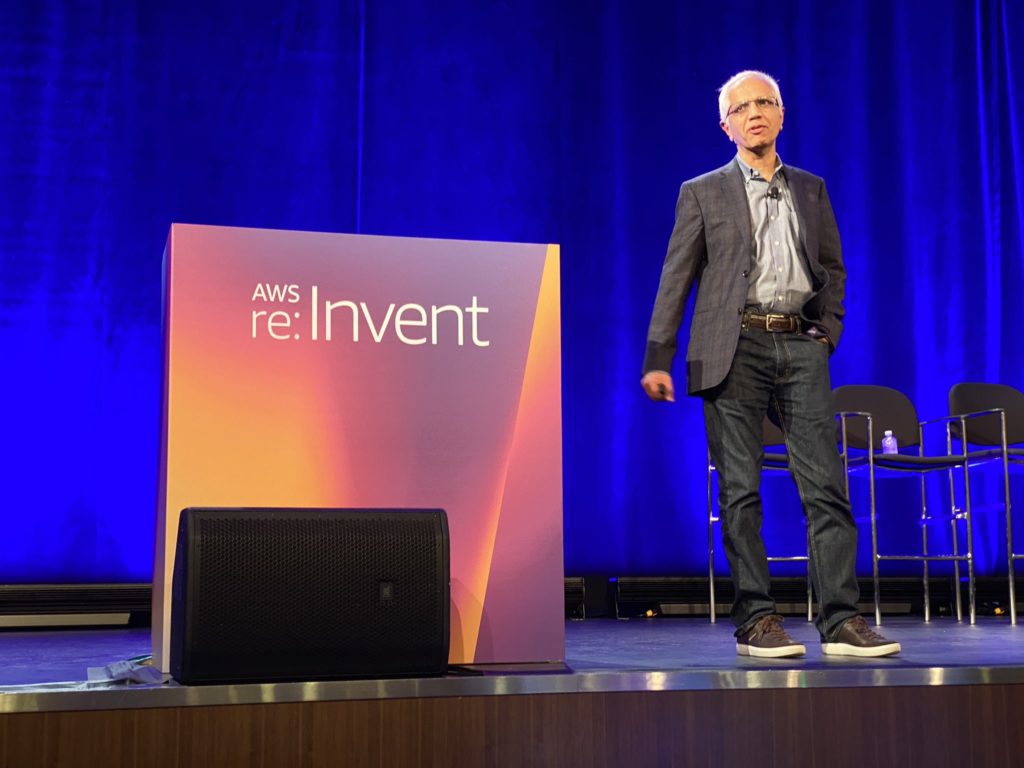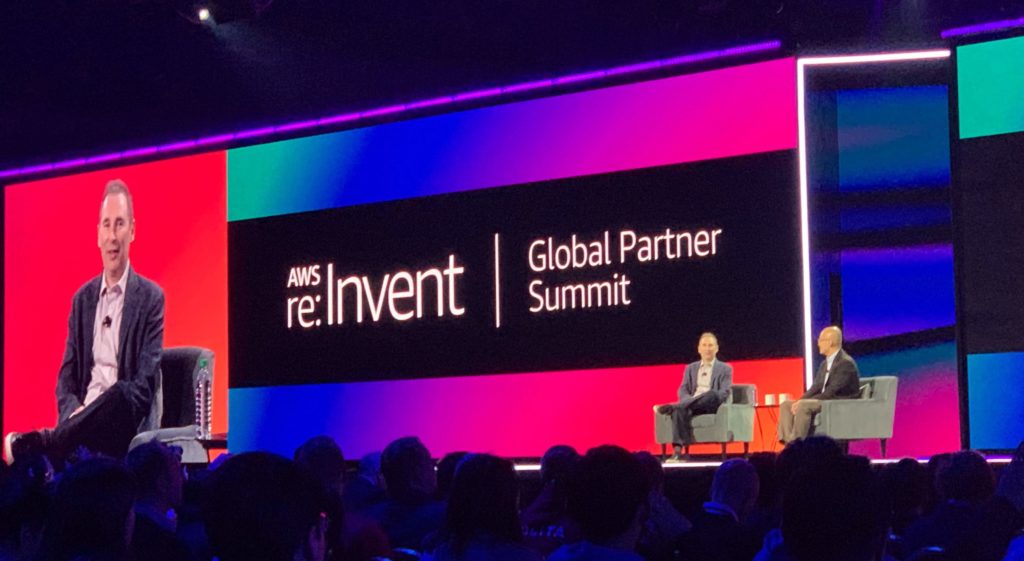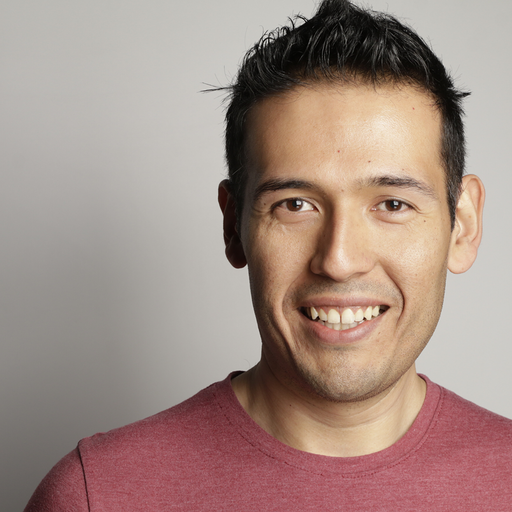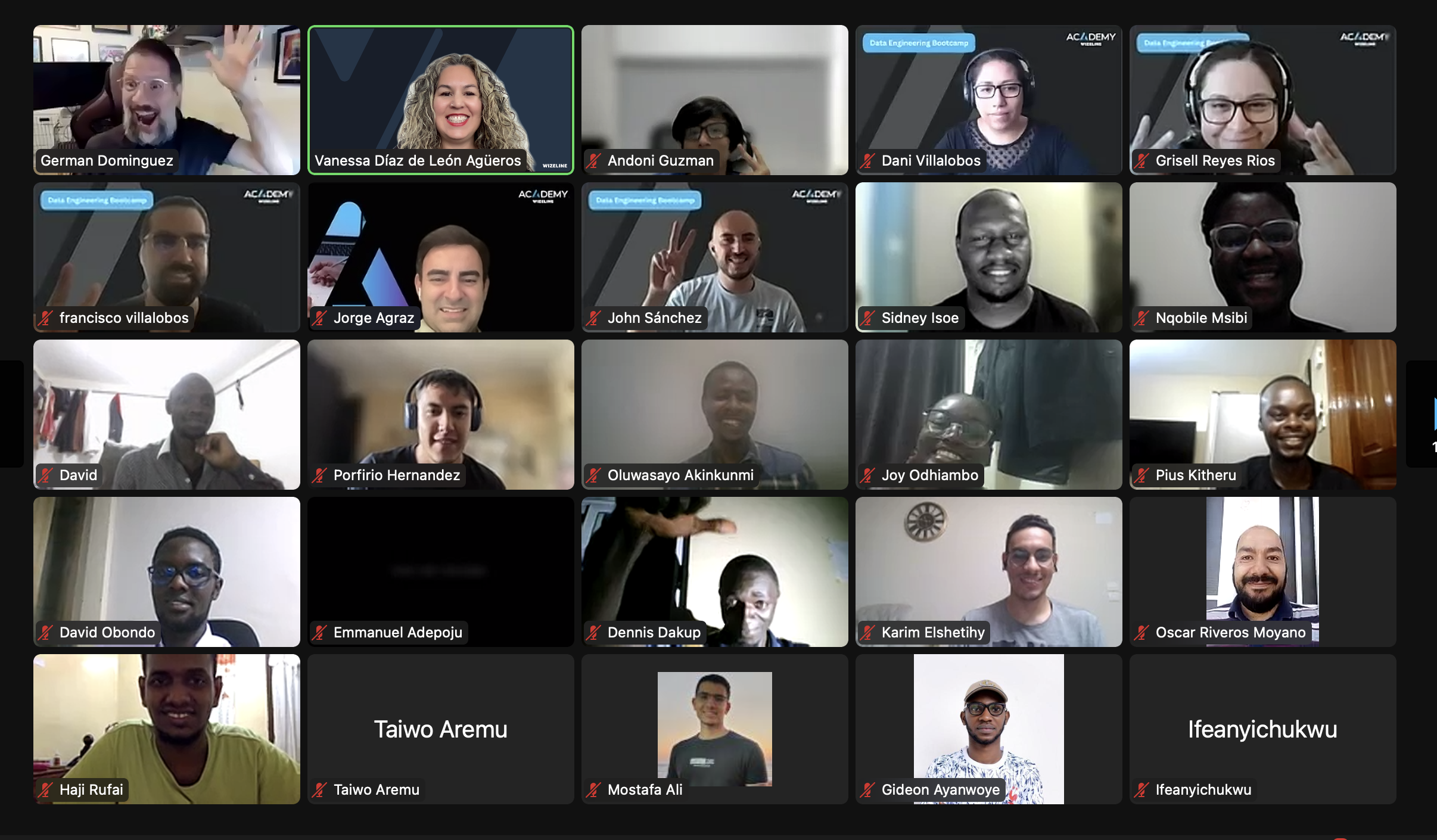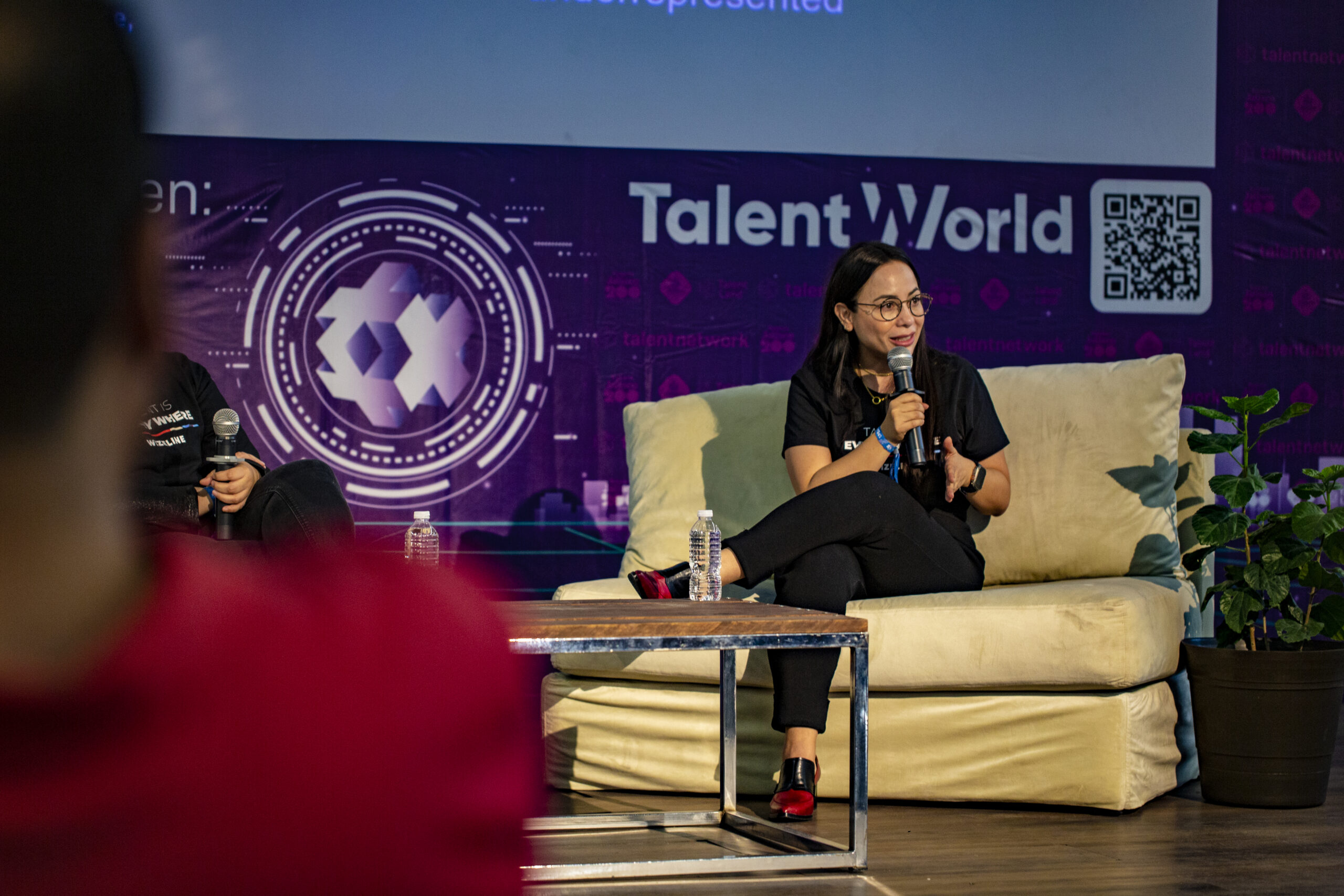Experiencing AWS re:Invent
The event takes place in Las Vegas, a city full of activities, shows, and places to see. Prepare yourself to network and meet new people as soon as you get off the plane. There’s a good chance that the person beside you is attending as well. Pro tip: bring a new set of business cards.
All the central hotels on the strip are ready to welcome AWS enthusiasts. Each year AWS strives to deliver a better experience for attendees, and this year, in particular, there were a couple of changes to the arrangement and distribution of sessions and keynotes.
It can be overwhelming; finding your way around the venues requires careful planning and strategy. Do you want to have a day packed full of breakout sessions and content at multiple venues? Or do you want to focus on a couple of tracks and sites?
I find more value in attending all kinds of sessions. For example, I’m a fan of Chalk Talks, small group discussions with whiteboarding, and a live Q&A with an Amazon expert. There are some slides, but they don’t necessarily dictate the conversation. Ideally, you walk out of the session, knowing more about a specific use case, whether it’s serverless, media and entertainment, migration, and many more. Make sure to reserve these sessions in advance as they fill up pretty fast and are usually in high demand.
 Chalk Talk Sessions
Chalk Talk Sessions
- Best practices for identity resolution with Amazon Neptune
- Patterns for hosting ML models in low latency microservices
- Architecting hybrid cloud media workflows
- Build observability into a serverless application
There are plenty of opportunities to learn, aside from sessions and Chalk Talks. You can reserve a spot for builder sessions or workshops; both feature a one to two-hour course where you learn to create a solution using AWS.
Aside from learning, the expo is one of my favorite experiences. The expo is a great space to discover and learn more about new products and features directly from AWS partners and industry vendors. Don’t forget to swing by the AWS Village; consider it a dedicated space for asking the Amazon experts all your AWS products and features questions. I’ve learned a lot from this informal and relaxed session where you can address anything you have in mind on how to approach and solve specific problems using AWS. Pro tip: there are markers and a whiteboard if you feel like discussing a particular use case with an Amazon expert, go for it!
Noteworthy Announcements
For 2019 AWS introduced well over 70 new product launches, including new features and services; the most significant portion of the announcement this year was dedicated to Machine Learning, with almost a third of those announcements falling into this realm. Didn’t have a chance to attend? Don’t worry you can catch up on Youtube: AWS re:Invent 2019 – Keynote with Andy Jassy
Valuable Sessions
Each year breakout content is posted online after a couple of days and made available to the public; however, with more than 5,000 sessions, it can be challenging to figure out the best. I’ve compiled my top five sessions (in no particular order).
- Beyond five 9s: Lessons from our highest available data planes
- Every AWS service is designed to be highly available, but a small number of Tier 0 services get extra-special attention. This session included lessons on how AWS has built and architected Amazon Route 53 and the AWS authentication system, designed to survive cataclysmic failures, enormous load increases, and more.
- Baking the best security layer cake
- It’s not enough to fix a bug or issue. We also have to dig in and find a deeper kind of fix that eliminates most bugs of that entire class. In this talk, I learned just how effective some of the simplest mitigations are and how modern verification techniques can provide run-time assurance without run-time risk.
- Reducing blast radius with cell-based architectures
- Failures come in many forms, some expected and some unexpected. The key is minimizing the blast radius of any failure. This talk focused on cell-based architectures, system, cell, and router properties; and how we designed for failure on AWS leveraging serverless technologies like AWS Lambda, Amazon Kinesis, Amazon Simple Storage Service (Amazon S3), and Amazon Simple Queue Service (Amazon SQS).
- Amazon DynamoDB deep dive: Advanced design patterns
- This advanced technical session discussed the trends and data models that summarize a collection of implementations and best practices used by Amazon’s largest customers to deliver highly scalable solutions for a wide variety of business problems.
- Serverless SaaS deep dive: Building serverless SaaS on AWS
- The emergence of serverless infrastructure and services represents a fundamental shift in how developers approach architecting applications. This is especially relevant in the world of SaaS, where systems must efficiently and cost-effectively respond to continually shifting multi-tenant loads and profiles. This session explained all the moving parts of a serverless SaaS application, exploring the detailed code, design, and architecture strategies that are commonly applied to support the complex scale and agility requirements of multi-tenant serverless SaaS environments.
I walked away with a wealth of knowledge. Now, with the start of a new year, the team and I are ready to get to work and apply those lessons in our work. If you are curious about how Wizeline can help you unlock the full spectrum of AWS cloud solutions, contact our team at consulting@wizeline.com or contact me personally.

